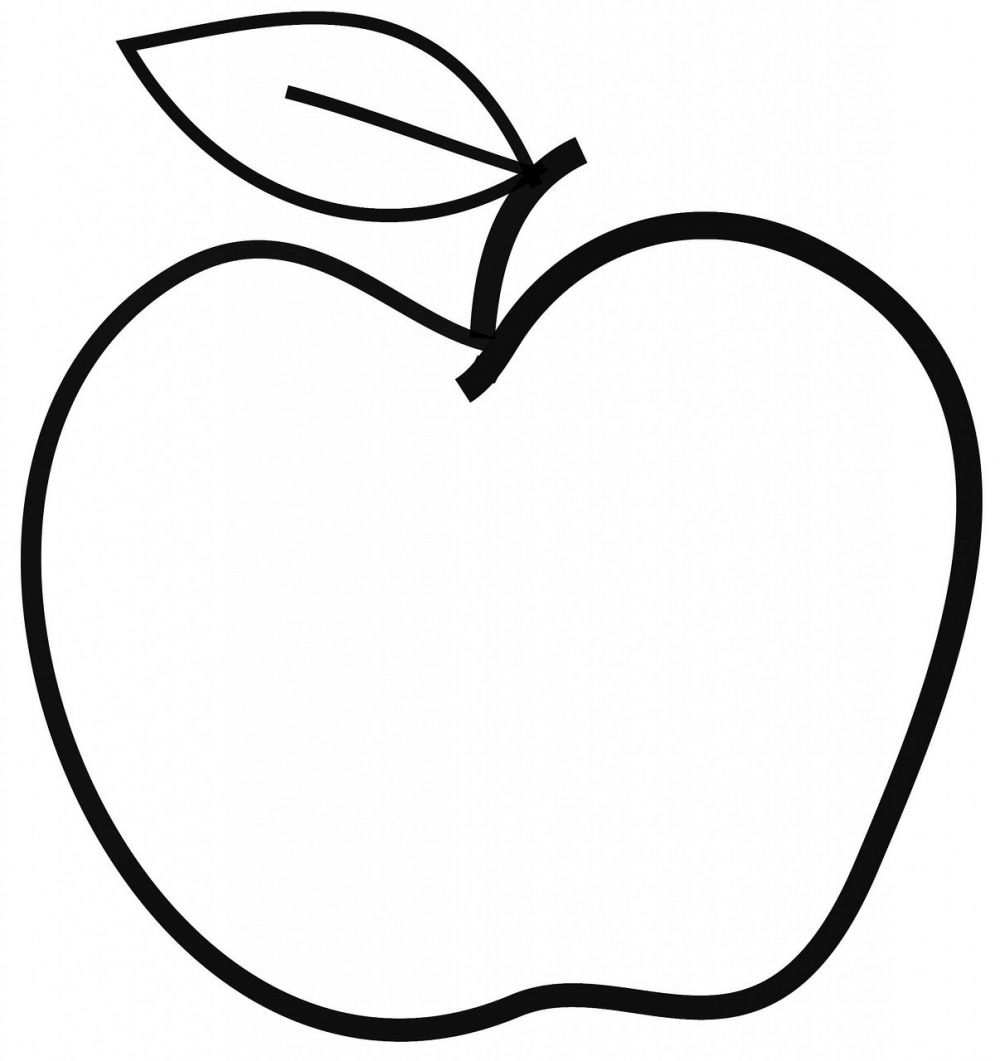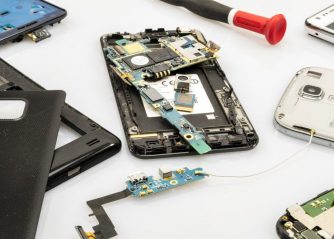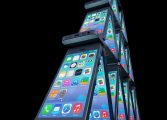Apple Pencil – The Ultimate Guide to Precision Stylus for Apple Devices

Introduction
The Apple Pencil has revolutionized the way we interact with Apple devices, allowing for precise and intuitive drawing, note-taking, and creative expression. In this comprehensive article, we will delve into the world of the Apple Pencil, exploring its features, popularity, and variations, along with its historical evolution, advantages, and disadvantages.
An Overview of Apple Pencil

The Apple Pencil is a stylus designed specifically for Apple devices, including iPads and select iPhones. It offers a natural and responsive drawing experience, mimicking the feel of using a real pen or pencil on paper. With its advanced technology, the Apple Pencil can detect pressure, tilt, and angle, providing unparalleled accuracy and sensitivity.
A Comprehensive Presentation of Apple Pencil
There are currently two generations of Apple Pencil available: the first-generation and the second-generation. The first-generation Apple Pencil is compatible with older iPad models, while the second-generation is designed for newer iPad Pro models. Both versions offer impressive features such as palm rejection, seamless pairing, and wireless charging. Popular models include the Apple Pencil (1st Generation) and the Apple Pencil (2nd Generation), with the latter boasting additional functionalities like gesture controls and double-tap capabilities.
Quantitative Measurements of Apple Pencil
When it comes to precision, the Apple Pencil stands out. With an incredibly low latency of just milliseconds, users can enjoy smooth and lag-free writing and drawing experiences. The pressure sensitivity levels, numbering in the hundreds, allow for nuanced strokes and shading. Additionally, the tilt and angle detection enables users to create realistic and varied line widths, making the Apple Pencil a favorite tool for artists and designers.
Discussion on Different Apple Pencil Models
While both the first and second-generation Apple Pencils share many similarities, there are a few key differences to consider. The second-generation Apple Pencil offers a more streamlined design with a matte finish, magnetic attachment, and wireless charging. It also includes double-tap gestures, allowing users to switch between tools quickly. However, it is important to note that the second-generation Apple Pencil is only compatible with certain iPad Pro models.
Historical Overview of Pros and Cons
Over the years, Apple Pencil has evolved to address some of the limitations of its earlier versions. The first-generation Apple Pencil, although highly praised for its precision and functionality, required a separate charging adapter and lacked gesture controls. With the introduction of the second-generation Apple Pencil, many of these issues were addressed, offering a more user-friendly and convenient experience. However, the compatibility limitation with specific iPad Pro models remains a drawback for some users.
[INSERT VIDEO HERE]
Conclusion
The Apple Pencil has become an indispensable tool for digital note-taking, drawing, and design. With its advanced features, including pressure sensitivity, tilt and angle detection, and low latency, it offers a near-seamless experience for artists, students, and professionals. While there are different models available, each with its specific advantages, the overall precision and usability of the Apple Pencil make it a popular choice among Apple device users.
By providing an in-depth overview of the Apple Pencil, its variations, quantitative measurements, and historical context, we hope to have provided a comprehensive guide that appeals to both aspiring and experienced Apple Pencil users. Whether you’re an artist, a student, or a professional, the Apple Pencil is a versatile tool that unlocks new possibilities for creativity and productivity.
















































